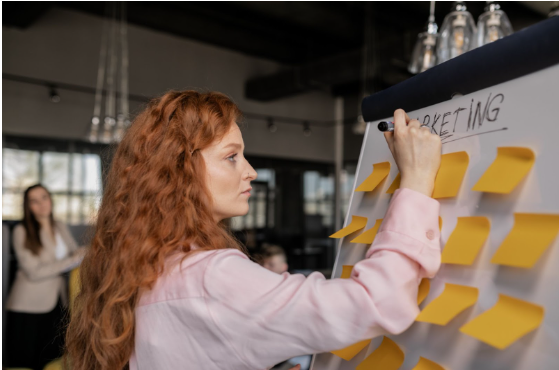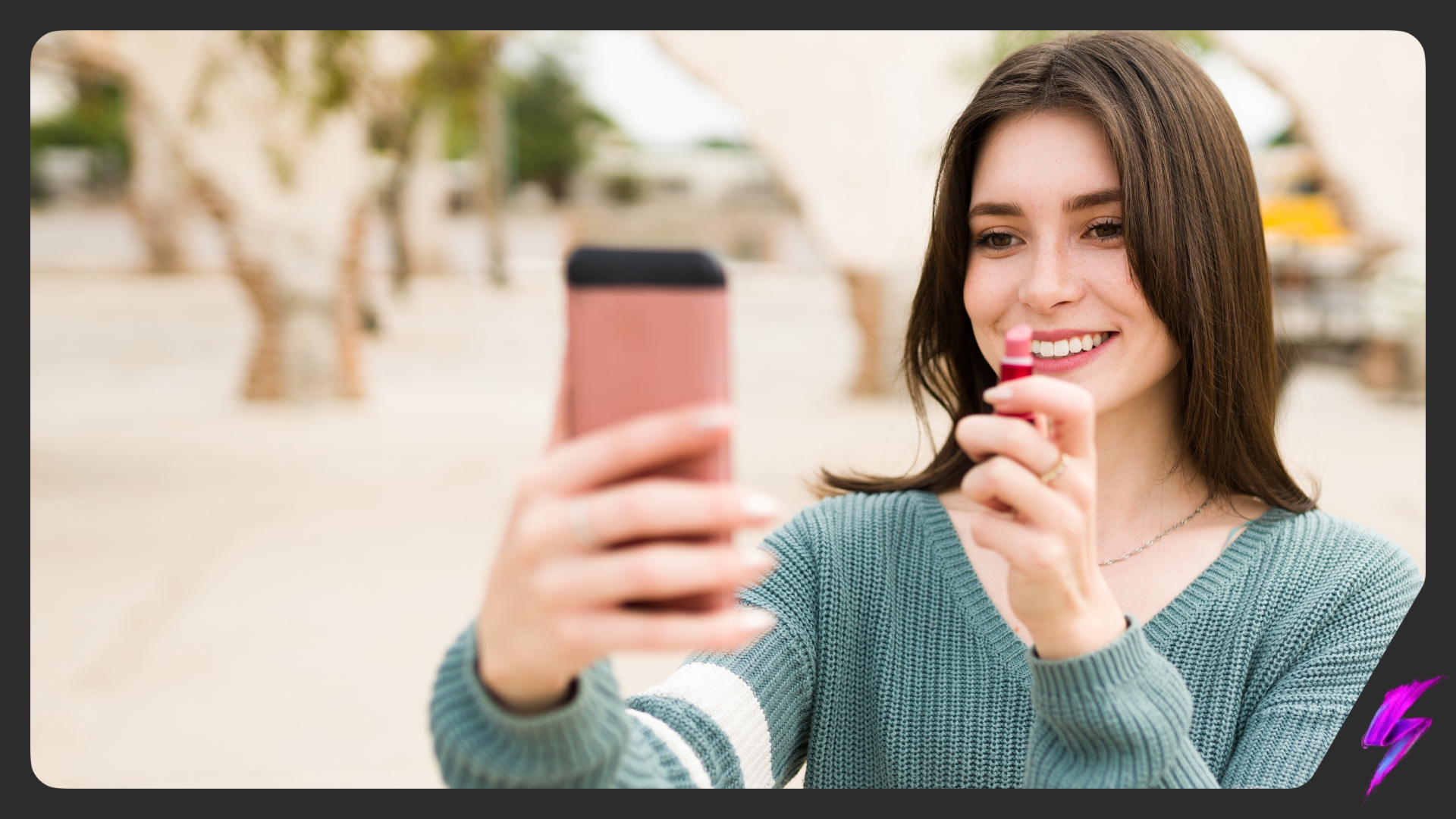How Influencer Marketing has Changed: A Brief Timeline
Aug 30, 2022
Influencer News

Influencer marketing is not a new idea.
In fact, if we trace its origins back, we will find ourselves in the 18th century with 1760’s answer to Steve Jobs, Josiah Wedgwood. Acclaimed as the father of modern marketing, Wedgwood had a natural grasp of the fundamentals of earning long-term customer trust and loyalty. He was the first to understand the value of celebrity endorsement and this was proven through his partnership with Queen Charlotte, for whom he made a tea set. He capitalised on his status as “potter to the Queen” and marketed this new Queen’s Ware range to the masses. This saw his equity soar and he was soon able to sell his products at double the average price; cementing himself as the creator of the world’s first luxury brand.
Fast forward nearly 300 years and, though the fundamentals remain, it is clear to see that marketing methods have drastically evolved to suit a rapidly expanding landscape. Sure, we have all noticed the rise and domination of social media, but understanding how influencer marketing has changed because of this sheds light on its position as the mainstream marketing method in the modern age.
What is influencer marketing today?
The dawn of the social media influencer has birthed innovative marketing techniques that traditional media forms simply cannot compete with. For a long time, brands would partner with celebrities and iconic figures to promote their products, but nowadays partnerships are formed with people of influence in order to micro-target demographics and drive sales.
A key aspect to look at when exploring how influencer marketing has changed over time is the way that social media caters to the ‘everyday person’. 20-30 years ago, celebrity status was reserved for a minority of successful people, but today, almost anyone can become a social media influencer. With 92% of consumers trusting word of mouth recommendations from those they trust over any other form of advertising, brands have latched onto the ‘everyday person’ to now promote products and services with authenticity in mind.
Modern day influencer campaigns still take the goals and objectives of Josiah Wedgwood’s marketing success, but place them in a digital setting. For example, influencer marketing campaigns typically utilise promotional posts on all platforms to increase reach and drive sales.

How influencer marketing has changed to suit…
Brands
Influencer marketing has been on an impressive upwards trajectory over the last few years – growing from $1.7 billion in 2016 to an expected $16.4 billion at the end of this year. Much of the industry’s affluence is owed to the brands who contribute exceedingly successful marketing campaigns to it.
As lightly touched upon earlier, where brands once sought out celebrities to promote their products, they have now placed promotional duties in the hands of social media influencers. How influencer marketing has changed is through the influencer X brand collaborations which can take on many forms, such as:
- Promotional posts
- Brand Ambassadors
- Hosting giveaways and/or competitions
- Giving influencer discount and affiliate codes
- Hosting brand events
Just as Wedgwood pioneered, these marketing campaigns are all run with the aim of increasing brand awareness which will drive product/service sales and eventually increase the brand’s ROI.
Between an increasing number of channels and a widening pool of influencers, the time for brand’s to test out new marketing strategies and discover more ways to connect with their audience has never been greater. Through these new adaptations to the continuous shift in the online landscape we can see how influencer marketing has changed from one-off celebrity endorsements to fully fledged business models.
Influencers
We think it is safe to say that influencers now take on a considerably different form, compared to Queen Charlotte…
We have reached the age of user generated content (UGC), meaning that just about anyone can become an influencer…yes, even you! User-generated campaigns can utilise content created by a brand’s fans; technically placing them under the category of an influencer.
This rise in non-celebrity influence is important in understanding how influencer marketing has changed to shape the increasing reliance on peer-to-peer reviews. As banner ads have plummeted, due to consumers no longer being passive receptacles, people now want to hear about the experiences that others have had with the things they have not yet tried. This is the job of the social media influencer to provide them with this information and guide the consumer through to the purchase phase.
Consumers
With influencers now serving as an enhanced version of word-of-mouth advertising, consumers have the freedom to be in charge of which advertisements they want to see. Due to this, we see how influencer marketing has changed the importance of authenticity in promotional campaigns. Authenticity is key for consumers when seeking out brands whose stories they can connect with, get behind and believe in.
People trust people more than they trust brands and this is why consumers are turning away from traditional advertisements and towards trustworthy influencers from whom they get their recommendations.

How influencer marketing will change the future
Until now, we have all witnessed, first-hand, how influencer marketing has changed the landscape and functions of the online world. But how is influencer marketing effective in achieving successful results, despite a constantly evolving industry?
With 93% of marketers already leveraging influencer marketing, there are several successful industry case studies to prove its effectiveness. For example:
- It builds trust
- It’s highly targetable
- It overcomes issues with ads
- It’s a space to be original
As these four fundamentals remain constant, influencer marketing will be less about celebrities and more about real people who consumers can relate to. Just as we have learned how influencer marketing has changed the way in which brands market to people, we should expect to see this word-of-mouth method for a very long time, as the need for human-to-human connection will never expire.
FAQ’s
How has influencer marketing changed in the last decade?
Influencer marketing is now all about authentic people recommending the products and services of authentic brands, as opposed to pumping out celebrity endorsements.
Why is influencer marketing growing faster than ads?
Consumers are now trusting people more than they are trusting ads, meaning banner ads and pop ups are no longer being interacted with due to their lack of authenticity. Consumers want a brand who has a story to tell, not just a pop up advertisement that tells them what they should buy.
Our Influencer marketing agency and Social agency are located worldwide, with our agency network based in the USA, UK, UAE and China.
If you want to receive our industry insights, visit our Influencer Marketing & Social Media blog.
@ Socially Powerful
[cta]
Popular Blogs
Most Popular Instagram Hashtags | Tiktok Hashtags | Instagram Monetization | Facebook Banner Size | Snapchat Influencers | Most Subscribed Youtubers | Best Time to Post on Youtube | UK Twitch Streamers | Female Twitch Streamers | Popular Tiktok Songs | Male Tiktok Influencers | Lgbtq Tiktok Influencers | The Rise and Fall of Clubhouse | Influencer Marketing on Clubhouse | LiketoKnowit | Pretty Little Thing Instagram| Top Social Marketing Agencies
Social And Influencer Marketing News + Insights
Get in touch
We'll show you how to start powerful conversation, drive social engagement, build your brand, hit sales targets or meet other goals you have, wherever you are in the world.
Work with us





